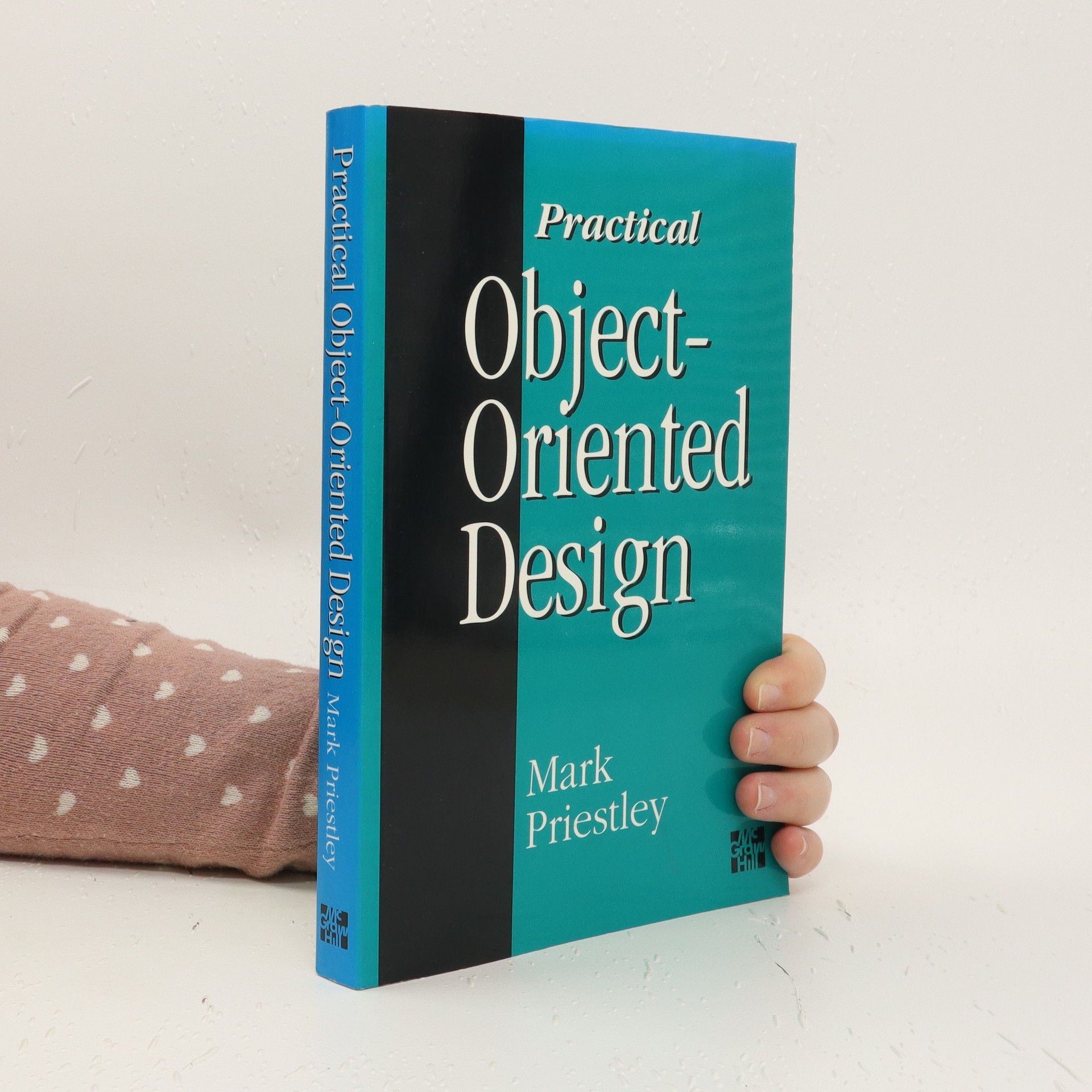ENIAC in Action
- 341pages
- 12 heures de lecture
The history of the first programmable electronic computer, from its conception, construction, and use to its afterlife as a part of computing folklore.


The history of the first programmable electronic computer, from its conception, construction, and use to its afterlife as a part of computing folklore.